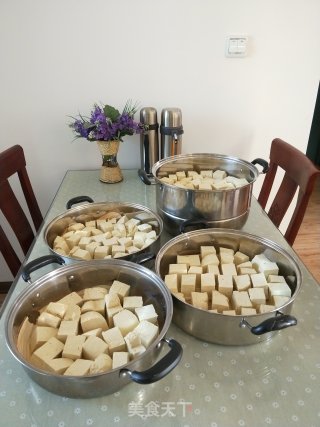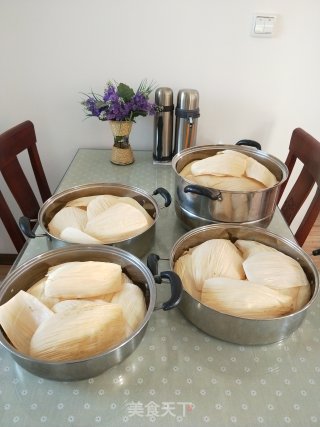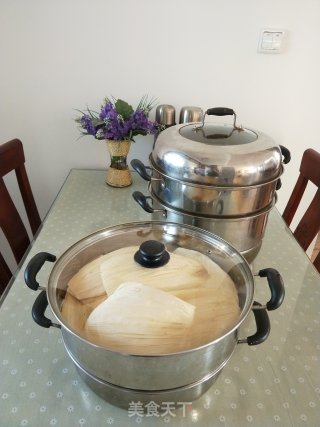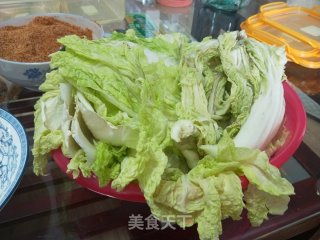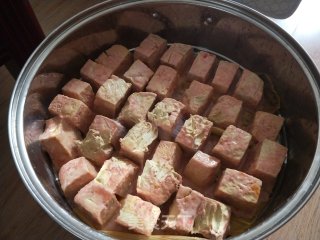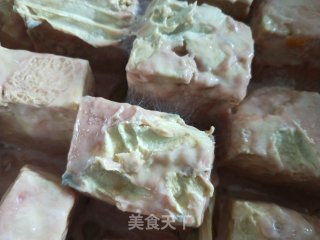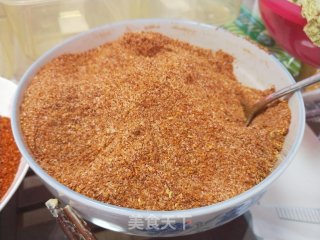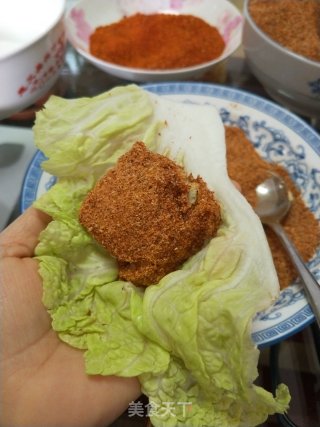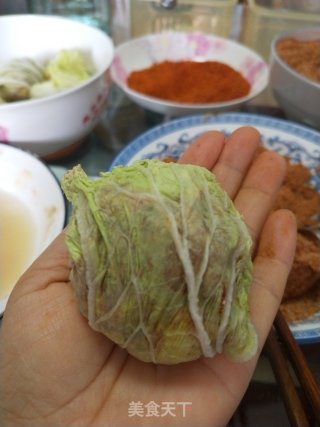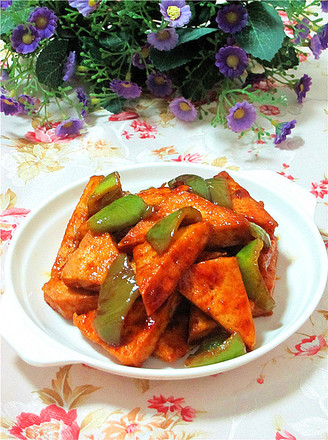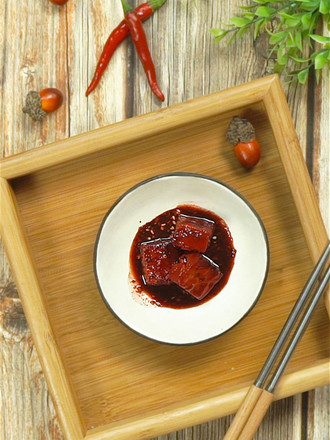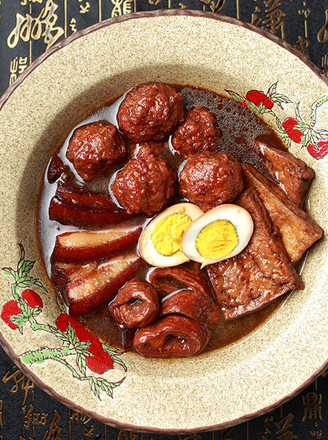Cabbage Fermented Bean Curd
by Spring sister
Favorite
Difficulty
Hard
Time
48h
Serving
2
The cabbage fermented bean curd made last winter is really delicious. Every year, I give a lot to my cousin, he is my most iron fan. Rice porridge with cabbage fermented bean curd, paired with fried rice with egg, dipped in green onions, are delicious.
In the past few years, I also wrote a recipe for fermented cabbage, but the photos taken at that time were very old, so I wrote it again and posted a few new photos. However, obviously, I still didn't take it seriously, because I rummaged through the phone and couldn't find two finished pictures. "
In the past few years, I also wrote a recipe for fermented cabbage, but the photos taken at that time were very old, so I wrote it again and posted a few new photos. However, obviously, I still didn't take it seriously, because I rummaged through the phone and couldn't find two finished pictures. "


